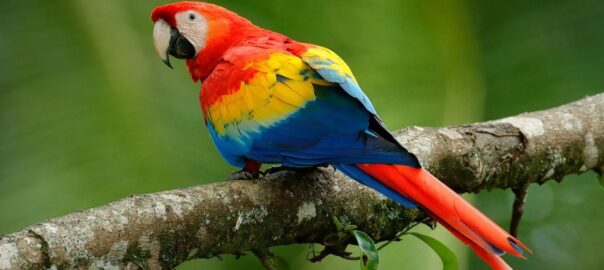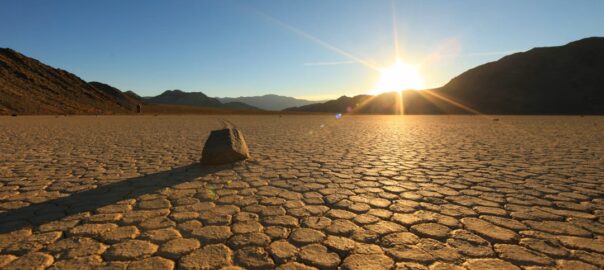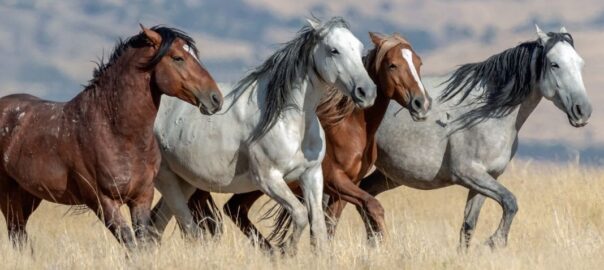For millennia, humans have gazed upon the natural world with awe, marveling at the diversity and sheer scale of the creatures that share our planet. From the smallest insects that flit through the air to the lumbering giants that roam the land and sea, the animal kingdom is a testament to the power of evolution. But amongst this vast array, some animals stand out, not just for their unique adaptations, but for their sheer size. Let’s dive into the world of the largest animals, exploring their incredible dimensions, habitats, and the challenges they face.
The Undisputed Champion: The Blue Whale
When it comes to sheer size, no animal on Earth comes close to the blue whale ( Balaenoptera musculus). These magnificent marine mammals are the largest animals to have ever lived, outweighing even the largest dinosaurs. Reaching lengths of up to 100 feet (30 meters) and weighing in at a staggering 200 tons, a blue whale’s heart is the size of a small car!
They are filter feeders, consuming massive quantities of tiny crustaceans called krill. Their baleen plates, which hang from their upper jaws, act like sieves, allowing them to efficiently filter out the krill from the water. These gentle giants traverse vast distances in the oceans, communicating through low-frequency calls that can travel hundreds of miles. Sadly, blue whales were hunted to near extinction during the 20th century, and while their populations are slowly recovering, they remain endangered.
Land Giants: The African Elephant
On land, the African bush elephant (Loxodonta africana) reigns supreme. These intelligent and social animals can reach shoulder heights of up to 13 feet (4 meters) and weigh up to 6 tons. Their iconic trunks, formed by the fusion of their nose and upper lip, are incredibly versatile, used for everything from grabbing food and water to communicating with other elephants.
Elephants play a crucial role in their ecosystems, shaping landscapes and dispersing seeds. Unfortunately, they face significant threats from habitat loss, poaching for their ivory tusks, and human-wildlife conflict. Conservation efforts are vital to ensure the survival of these majestic creatures.
The Longest: The Lion’s Mane Jellyfish
While not the heaviest, the Lion’s Mane jellyfish (Cyanea capillata) boasts the record for the longest known animal. This gelatinous giant, found in the cold waters of the Arctic and North Atlantic oceans, can have tentacles that reach an astonishing 120 feet (36.5 meters) in length, longer than a blue whale!
Its bell can grow up to 7 feet (2 meters) in diameter, and its tentacles are equipped with stinging cells that paralyze and capture prey. Despite their impressive size and potentially painful sting, these jellyfish are a vital part of the marine ecosystem, providing food for other animals.
Why Does Size Matter?
The size of an animal is not arbitrary; it’s a product of evolution and adaptation. Large size can offer advantages such as:
- Defense: Larger animals are generally less vulnerable to predators.
- Thermoregulation: A larger body mass helps maintain a stable body temperature.
- Resource Acquisition: Larger animals can often access resources that smaller animals cannot.
- Reproduction: Larger females can often produce larger or more offspring.
The Future of Giants
Unfortunately, many of the world’s largest animals are facing unprecedented threats due to human activities. Habitat loss, climate change, pollution, and poaching are all contributing to population declines and even extinction.
Conserving these magnificent creatures is crucial, not just for their own survival, but also for the health of the ecosystems they inhabit. By understanding the challenges they face and supporting conservation efforts, we can help ensure that future generations have the opportunity to marvel at these titans of the animal kingdom.
From the gentle giants of the deep to the lumbering kings of the land, the largest animals on Earth are a reminder of the incredible diversity and power of nature. Let us work together to protect these magnificent creatures and the delicate balance of the natural world.









